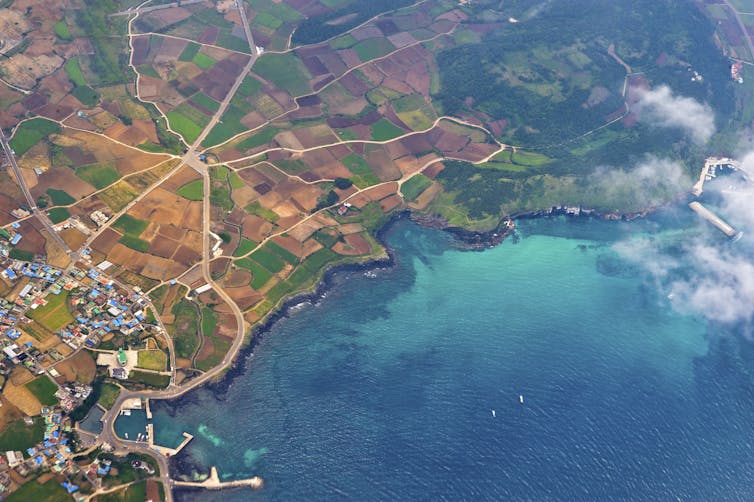Growing up in a small farm in Nicaragua surrounded by wildlife, I always found natural processes particularly fascinating. This along with TV shows hosted by personalities like David Attenborough, Steve Irwin, and Jane Goodall were the reasons of my early environmental awareness. This continued in high school, where I researched about man-made forest fires and their impacts on soil quality, air quality and biodiversity; a lifelong environmental issue in Nicaragua. In a way, my career choice was decided in the early stages of my life, and led to me studying environmental quality engineering at the Universidad Centroamericana in 2008.
Whilst studying there, a severe drought lasting three years hit Nicaragua. Our family’s livelihood from farming suffered, requiring us to sell all our assets and changing our family lifestyle completely. Our farm was not adapted to climate change, a concept I learned about during my years at university and one that became mainstream with the help of Al Gore’s documentary ‘An Inconvenient Truth’. The impact of drought on our farm was the first time climate change directly affected my life. This shaped my professional path, making me committed to working with those in need who lack the tools, knowledge or technologies to face climate change, something that they themselves had done little or nothing to initiate. This commitment is why, since graduating, I have been working with certified organic agriculture, a climate change resilient farming systems.
In 2017, I moved to Peru where I designed, validated and implemented a tool for small farmers that would help them sell their agricultural products for a better price. The tool was a participatory guarantee system (PGS), the second one in Peru, based on agroecological practices. The idea behind the tool was to bring farmers and consumers closer, fostering trust relationships, making consumers aware of the reality and challenges farmers face to produce food. This work led me to seek further professional development and Iuckily, I won a scholarship from the German Ministry for the Environment, Nature Conservation and Nuclear Safety to study a Postgraduate Course on Environmental Management for Developing Countries with the Centre for International Postgraduate Studies of Environmental Management (CIPSEM) at TU Dresden. Here I got the opportunity to meet individuals from all over the world, all with a shared concern for our natural world and how small efforts can pay off when they have the possibility to reach several individuals.

Learning from lecturers from one of the most advance nations in the world was a once in a lifetime experience. Here you get to appreciate that in a seemingly economy-driven world that, from the outside, looks to not care much about the environmental sphere, there are still individuals and institutions that contribute tirelessly with their work and research to bring new knowledge and technological advances for an environmentally friendly world.

During my first few weeks at the course I learnt about the International Climate Protection Fellowship by the Alexander von Humboldt Foundation and saw the perfect opportunity to extend the scope of the PGS I developed back in Peru. That is why I applied to the fellowship and my application was accepted in September 2020, and I will start my research in 2021 in cooperation with a senior professor at TU Dresden. The international Climate Protection Fellowship enables me to communicate my work to an international community so it can be replicated around the world. This programme will allow me to interact with brilliant minds that are constantly thinking about how to bring solutions to issues related to climate change from their areas of expertise and provide opportunity to learn about different perspectives or approaches to common issues.
by Pablo Urbina (EM43)




































